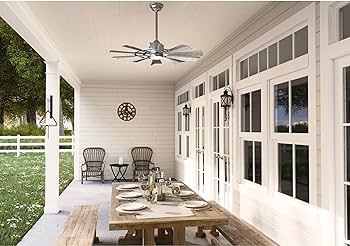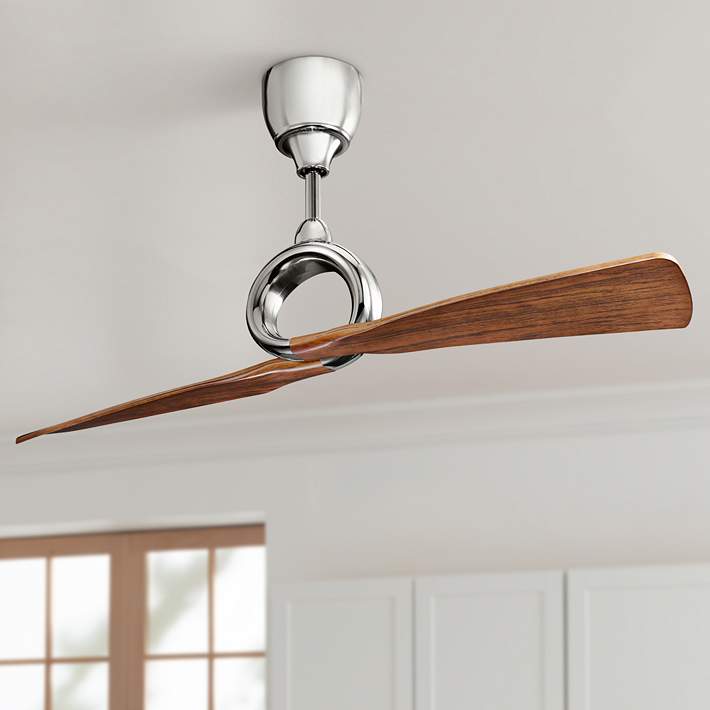When it comes to effective cooling solutions, ceiling cassette air conditioner have become increasingly popular in both residential and commercial settings. They are a stylish and efficient alternative to traditional air conditioning units, offering a number of advantages that make them a preferred choice for many homeowners and businesses alike. In this article, we’ll explore the features, benefits, installation processes, and maintenance tips associated with ceiling cassette air conditioners.

What is a Ceiling Cassette Air Conditioner?
A ceiling cassette air conditioner is a type of ductless mini-split system that is mounted flush into the ceiling. Unlike wall-mounted units that can obstruct views and take up wall space, ceiling cassettes are designed to be discreetly integrated into the ceiling space, allowing for a sleek and unobtrusive appearance. These units typically have a four-way air distribution system, which means they can effectively cool or heat an entire room with ease.
Key Features of Ceiling Cassette Air Conditioners
- Aesthetic Design: Ceiling cassette units are designed to blend seamlessly with the ceiling, often featuring a low-profile grille that enhances the aesthetic of any room.
- Four-Way Airflow: This feature allows the air to be distributed evenly across the room, ensuring consistent temperatures and comfort levels.
- Energy Efficiency: Many ceiling cassette units are designed to be energy efficient, which can lead to lower energy bills compared to traditional air conditioning systems.
- Quiet Operation: Ceiling cassettes are generally quieter than traditional window or wall units, making them ideal for bedrooms, offices, and other noise-sensitive areas.
- Flexible Installation: These units can be installed in various locations, providing versatility in terms of cooling options.
Read too: Kitchen Lighting For A Vaulted Ceiling: Illuminating Your Space with Style and Functionality
How Does a Ceiling Cassette Air Conditioner Work?
A ceiling cassette air conditioner operates on the same basic principles as other types of air conditioning systems. Here’s a simple breakdown of how it works:
- Refrigeration Cycle: The system uses a refrigerant, which absorbs heat from the indoor air and transfers it outside, thereby cooling the air that is circulated back into the room.
- Evaporator Coil: The ceiling cassette contains an evaporator coil that cools the air. As warm air passes over the coil, it loses heat, resulting in cooler air being released into the room.
- Air Distribution: The unit features built-in fans that blow the cooled air downwards and outwards in four directions, ensuring an even temperature throughout the space.
- Thermostat Control: Most ceiling cassette systems come with a remote control or a wall-mounted thermostat, allowing users to easily set their desired temperature.
Advantages of Installing a Ceiling Cassette Air Conditioner
There are several reasons why a ceiling cassette air conditioner may be the right choice for your cooling needs:
1. Space-Saving Design
One of the most significant advantages of ceiling cassette air conditioners is their space-saving design. By being installed in the ceiling, they free up valuable wall and floor space, making them ideal for smaller rooms or spaces where aesthetics are important.
2. Enhanced Aesthetics
Ceiling cassettes provide a modern and clean look to any room. Their discreet design means they don’t interfere with the room’s décor, allowing homeowners to maintain their interior design vision without compromising on comfort.
3. Improved Air Quality
Many ceiling cassette air conditioners come equipped with advanced filtration systems that can help to improve indoor air quality by removing dust, allergens, and other airborne particles. This is particularly beneficial for those with allergies or respiratory issues.
4. Energy Efficiency
Ceiling cassettes are known for their energy efficiency. Many models are equipped with inverter technology, which allows them to adjust the compressor speed based on the temperature needs of the room. This can lead to significant energy savings compared to traditional systems.
5. Quiet Operation
These units are designed to operate quietly, making them suitable for use in bedrooms, libraries, or offices where noise can be a distraction. This is particularly beneficial in settings where comfort and concentration are paramount.
6. Versatile Climate Control
Many ceiling cassette air conditioners come with both heating and cooling capabilities, providing year-round comfort. This flexibility makes them an excellent choice for regions with varying climates.
Installation Process of Ceiling Cassette Air Conditioners
Installing a ceiling cassette air conditioner requires careful planning and execution to ensure optimal performance. Here are the key steps typically involved in the installation process:
1. Selecting the Right Location
Choosing the right location for your ceiling cassette unit is crucial. It should be centrally located to provide maximum airflow throughout the room. Additionally, the unit should be installed in an area where it won’t be obstructed by furniture or other objects.
2. Preparing the Installation Site
The installation site needs to be prepped by creating an opening in the ceiling that is the right size for the cassette unit. This may involve cutting through drywall or other ceiling materials.
3. Installing the Unit
Once the opening is prepared, the cassette unit is mounted securely into the ceiling. This step often involves the use of brackets and supports to ensure that the unit is stable and level.
4. Connecting Refrigerant Lines and Electrical Wiring
The next step involves connecting the refrigerant lines and electrical wiring between the indoor unit and the outdoor compressor. This process should be done by a certified HVAC technician to ensure that all connections are secure and leak-free.
5. Testing the System
After installation, the system should be tested to ensure that it operates correctly. This involves checking the airflow, temperature settings, and overall functionality of the unit.
6. Final Touches
Finally, any necessary finishing touches, such as patching drywall or painting, should be completed to ensure a clean and professional appearance.
Maintenance Tips for Ceiling Cassette Air Conditioners
To keep your ceiling cassette air conditioner running efficiently, regular maintenance is essential. Here are some tips to help you maintain your unit:
1. Regular Filter Cleaning
Most ceiling cassettes have filters that need to be cleaned or replaced regularly. Check the manufacturer’s instructions for the recommended cleaning schedule. A dirty filter can restrict airflow and reduce efficiency.
2. Schedule Professional Maintenance
In addition to regular cleaning, it’s wise to have a professional HVAC technician inspect your unit at least once a year. They can check for refrigerant levels, clean the coils, and ensure that all components are functioning correctly.
3. Keep the Area Around the Unit Clear
Ensure that the area around your ceiling cassette air conditioner is free from obstructions. Furniture, curtains, or other objects can block airflow and reduce the unit’s effectiveness.
4. Monitor the Drainage System
Ceiling cassette units often have a condensate drain line that removes excess moisture from the system. Check this line periodically to ensure it’s clear and functioning correctly to prevent water damage.
Comparing Ceiling Cassette Air Conditioners to Other Systems
When considering cooling options, it’s essential to compare ceiling cassette air conditioners to other systems such as window units, wall-mounted systems, and central air conditioning. Here’s how they stack up:
Ceiling Cassette vs. Window Units
- Installation: Window units are easier to install, but they can block views and take up window space, while ceiling cassettes are flush-mounted and unobtrusive.
- Cooling Capacity: Ceiling cassettes generally provide better cooling for larger spaces due to their four-way airflow.
Wall-Mounted Systems vs. Ceiling Cassette
- Aesthetics: Wall-mounted systems can be more visible and may not blend in as well as ceiling cassettes, which offer a sleek appearance.
- Air Distribution: Ceiling cassettes distribute air more evenly throughout the room, while wall-mounted units may create hotspots.
Ceiling Cassette vs. Central Air Conditioning
- Cost: Ceiling cassette systems can be more affordable to install than central air conditioning systems, especially for smaller spaces.
- Energy Efficiency: Ceiling cassettes allow for zoned cooling, which can lead to energy savings compared to running a central system for an entire house.
Conclusion
A ceiling cassette air conditioner is an excellent choice for those seeking an efficient, stylish, and powerful cooling solution. With their space-saving design, improved air quality, and quiet operation, these units offer numerous advantages over traditional air conditioning systems. Understanding the benefits, installation process, and maintenance tips will help you make an informed decision about whether a ceiling cassette air conditioner is the right choice for your home or office.
Investing in a ceiling cassette air conditioner not only enhances comfort but also contributes to a more modern and aesthetically pleasing environment. Whether you’re upgrading your current system or installing a new one, a ceiling cassette unit can be a worthwhile addition to your space.










